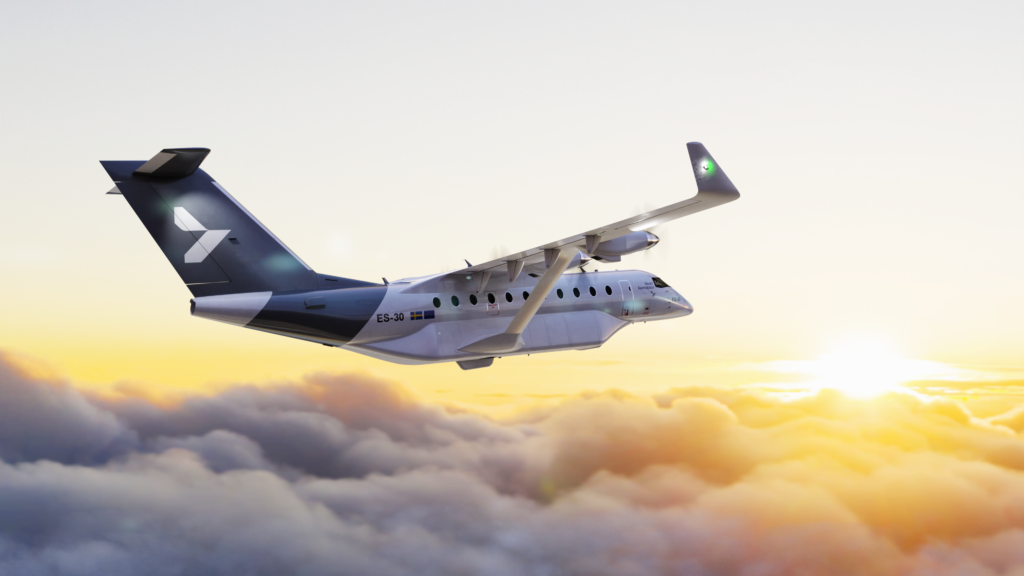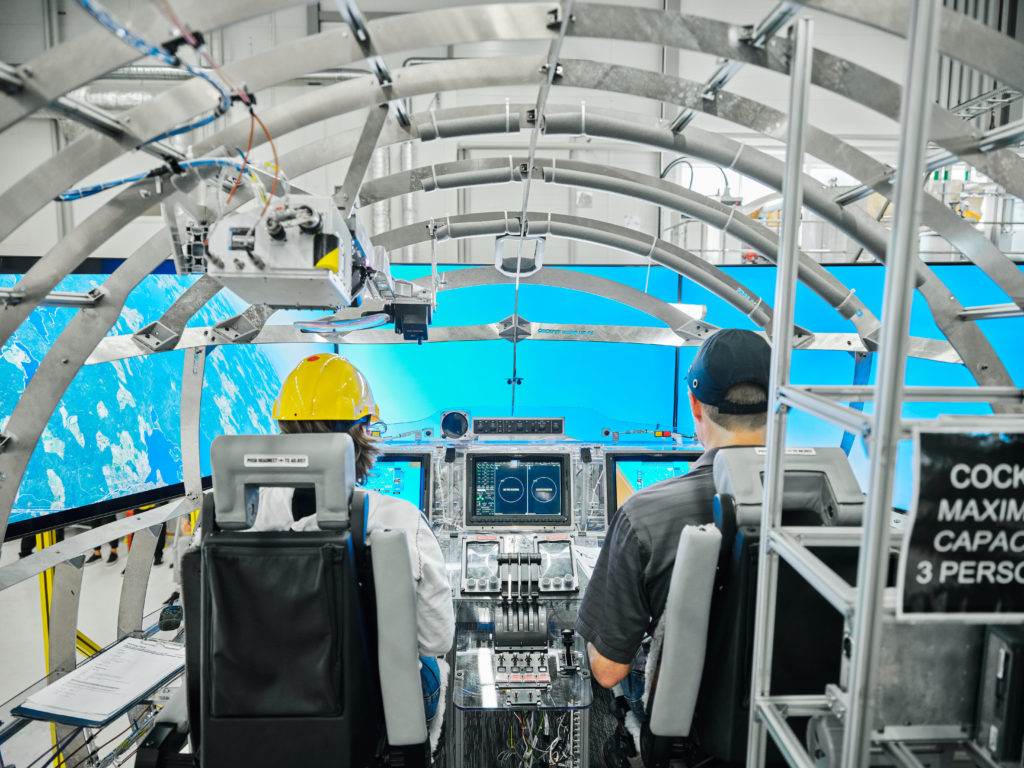Major airlines and alliances try to outdo each other when it comes to sustainable actions. Air Canada is now taking a concrete step towards a more sustainable fleet, by investing in 30 electric ES-30 aircraft from Heart Aerospace. The aircraft will fly on routes in North America by 2028.
Breakthrough in sustainability?
Traditional jet engine aviation is ‘unsustainable’ by definition due to its high dependence on fossil fuels. Although there are many initiatives to reduce fuel consumption, their impact is relatively small. KLM and Air France, for example, provided the wings of the Boeing 737 with so-called winglets. This reduces fuel consumption by 1.5%. That is a decent saving of fuel on an annual basis, but it remains a drop in the ocean.
Another example is the adjustments that KLM made earlier to the service and layout of the new Premium Comfort cabin. The airline reduced weight as much as possible, which reduces the fuel required.
Purchasing next-generation aircraft also helps a lot. The major fleet renewal of KLM and Air France with the A320neo and A321neo should result in a 15% reduction in CO2 emissions and less fuel consumption. Here, a comparison is made with the current older Boeing 737 aircraft. Another example is Delta, with the airline is expected to take delivery of many new and more efficient Airbus aircraft.
Although KLM has previously designed a new more sustainable aircraft in collaboration with Delft University of Technology, it has not yet progressed beyond a scaled prototype. The new-generation aircraft still uses kerosene, albeit 20% less than the Airbus A350-900.That is a good first step, but it does not represent a major breakthrough in sustainability in practice.
Air Canada ES-30 Investment in Heart Aerospace
The real breakthrough in aviation is likely to be electric flying. Various initiatives are already underway at the major aircraft manufacturers, but the development is very expensive. When developing an electric aircraft, both designers and technicians encounter all kinds of limitations compared to the current generation of aircraft. Not just the engine itself, but also things like the large total weight of the aircraft, which results in a limited range.
Nevertheless, some successful designs could be used on a larger scale within a few years. In the United States, small electric aircraft are already used for short flights.
The technology is also making progress in Europe, including the Swedish company Heart Aerospace, which is developing the ES-30. The aircraft can carry a maximum of 30 passengers (+ crew) in a 2-1 configuration. In addition, the ES-30 has a toilet and a galley.
Turboprop
The electric ‘turboprop’ aircraft gets its power from electric motors that run on lithium-ion batteries. A hybrid generator that runs on Sustainable Aviation Fuel (SAF) is also provided. This extends the range from 200 to 400 kilometers with 30 passengers. If the ES-30 flies with 25 passengers, a range of 800 kilometers is possible. The charging time is about 30-50 minutes, which is great for a (relatively) quick turnaround.
Air Canada has announced it is investing in 30 new Heart Aerospace ES-30 aircraft. The Canadian company wants to start using the aircraft on regional scheduled services in Canada from 2028. In addition, Air Canada is investing an additional $5 million to support the development of Heart Aerospace’s technology.
With the purchase agreement and investment, Air Canada is taking a step towards ‘going electric’ before the end of this decade. This also brings flying without (or with very low) CO2 emissions a lot closer on short and medium haul routes. Hopefully this is just the start and many more examples will follow in the years to come.
Photos: Heart Aerospace / Air Canada
Photo Delta A200: Delta Air Lines





